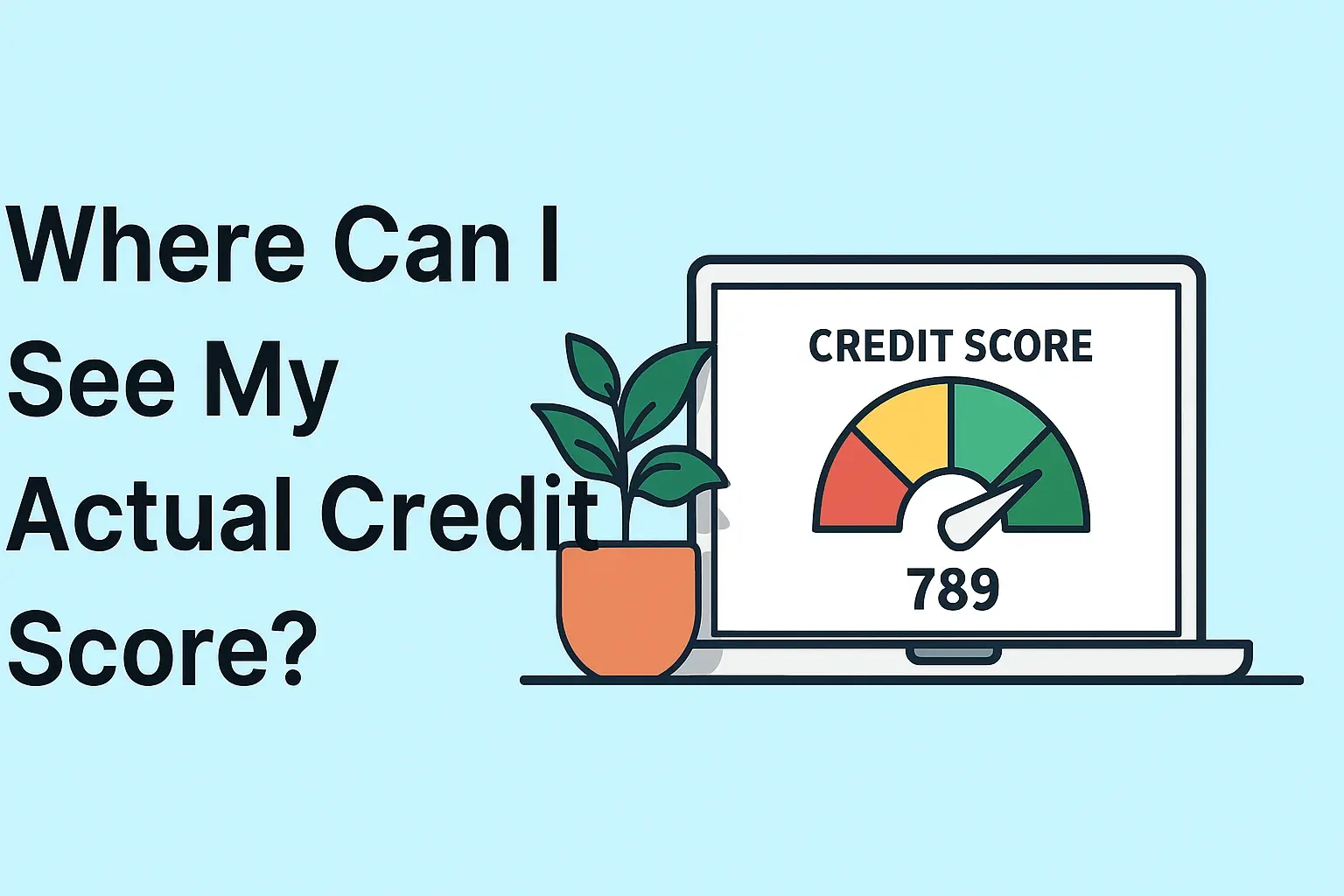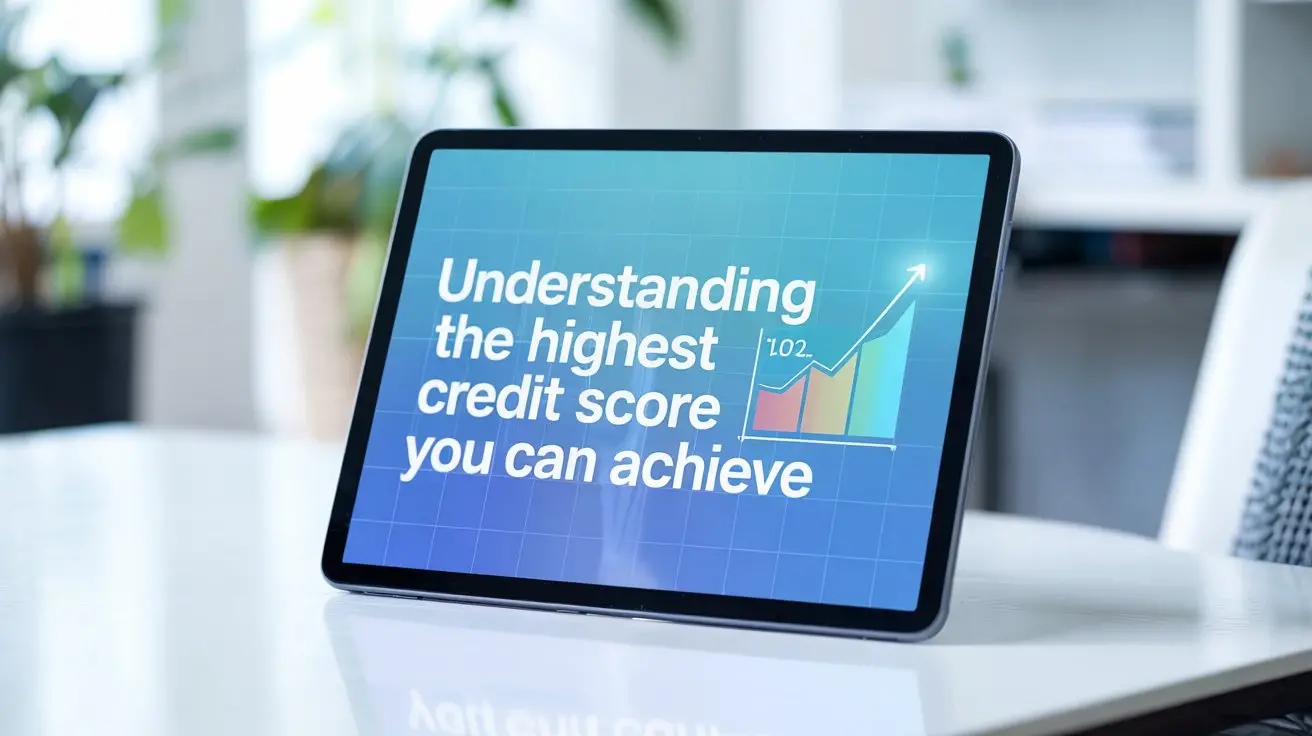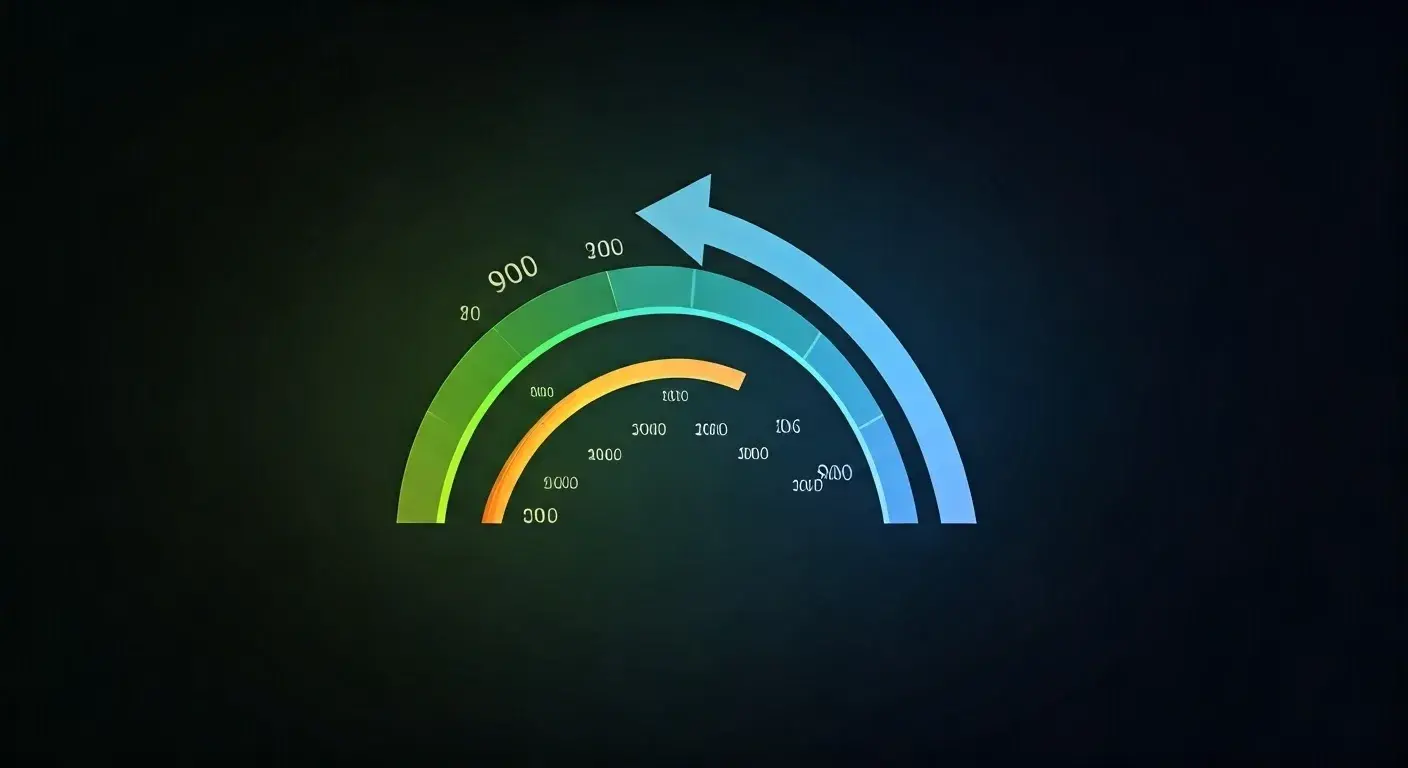-
Posted on: 30 Jul 2024

-
Understanding your credit score is crucial in today's financial landscape. It's a three-digit number that lenders use to assess your creditworthiness and determine the interest rates you'll receive on loans and credit cards. But where can you reliably access this important piece of financial information? This comprehensive guide will walk you through the various avenues for checking your credit score, explaining the different types of scores and how to interpret them.
Why Knowing Your Credit Score Matters
Before diving into where to find your credit score, let's quickly recap why it's so important:
- Loan Approvals: A higher credit score increases your chances of getting approved for loans, mortgages, and credit cards.
- Lower Interest Rates: A good credit score often translates to lower interest rates, saving you money over the life of a loan.
- Renting an Apartment: Landlords often check credit scores as part of the application process.
- Insurance Premiums: In some states, insurance companies may use your credit score to determine your premiums.
- Employment Opportunities: Some employers may check your credit history as part of the hiring process, especially for positions involving financial responsibility.
Understanding Credit Scores and Reports
It's important to understand the difference between a credit *score* and a credit *report*. Your credit report is a detailed history of your credit activity, including payment history, outstanding debts, and credit inquiries. Your credit score is a three-digit number derived from the information in your credit report. You can get your credit report for free from each of the three major credit bureaus annually. Your credit *score* may or may not be free. Understanding this difference is key when seeking access to your credit information.
The Major Credit Bureaus
The three major credit bureaus are:
- Experian: One of the largest credit bureaus, collecting and providing credit information on millions of consumers.
- Equifax: Another major player in the credit reporting industry, offering credit reports and scores.
- TransUnion: The third major credit bureau, providing similar services to Experian and Equifax.
Each bureau maintains its own credit report on you, and the information may vary slightly between them. Therefore, it's a good practice to check your credit report from all three bureaus periodically.
Credit Scoring Models: FICO and VantageScore
While the credit bureaus store your credit data, credit scoring models, like FICO and VantageScore, use that data to generate your credit score. Here's a brief overview:
- FICO Score: Developed by Fair Isaac Corporation, the FICO score is the most widely used credit scoring model by lenders. It considers factors such as payment history, amounts owed, length of credit history, credit mix, and new credit. Different versions of the FICO score exist, such as FICO 8, FICO 9, and industry-specific scores.
- VantageScore: Developed by the three major credit bureaus, VantageScore is an alternative scoring model. It uses similar factors to FICO but weights them differently and uses different data. VantageScore also comes in various versions (e.g., VantageScore 3.0, VantageScore 4.0).
It's important to note that the score you see may depend on the scoring model used by the provider you're using to check your credit. Don't be surprised if you see slightly different scores from different sources.
Where to Check Your Credit Score: Free and Paid Options
Now, let's explore the different places where you can access your credit score:
1. Credit Card Issuers
Many credit card companies offer free credit score access to their cardholders as a perk. This is often provided through a dashboard or portal within your online account. This is a very convenient and often reliable way to monitor your credit health.
Pros:
- Convenient access through your existing credit card account.
- Usually free of charge.
- Often includes additional credit monitoring features.
Cons:
- Limited to cardholders of participating issuers.
- The score provided might be VantageScore instead of FICO.
Examples: Discover, Capital One, and many American Express cards offer this feature.
2. Credit Monitoring Services
Numerous credit monitoring services, both free and paid, provide access to your credit score and offer additional features such as credit report monitoring, fraud alerts, and identity theft protection.
Free Options:
- Credit Karma: Offers free credit scores and credit reports from TransUnion and Equifax, updated weekly. It uses the VantageScore 3.0 model.
- Credit Sesame: Provides free credit scores and credit reports from TransUnion, updated monthly. It also offers identity theft protection features. Uses VantageScore 3.0.
- Experian CreditWorks Basic: Offers a free Experian credit score and report, with daily monitoring.
Paid Options:
- Experian CreditWorks Premium/Ultimate: Offers daily credit monitoring, credit score tracking, and identity theft protection.
- Equifax Complete Premier: Provides daily credit monitoring, credit report access, and fraud alerts.
- TransUnion Credit Monitoring: Offers similar features to Experian and Equifax's paid services.
Pros:
- Easy access to credit scores and reports.
- Credit monitoring features to detect suspicious activity.
- Identity theft protection (often with paid plans).
Cons:
- Free services often rely on advertising and may try to sell you products.
- Paid services can be costly.
- The score provided may be VantageScore, not FICO.
3. Free Annual Credit Reports (AnnualCreditReport.com)
While AnnualCreditReport.com doesn't directly provide your credit score, it allows you to access your credit reports from all three major credit bureaus (Experian, Equifax, and TransUnion) for free once per year. Reviewing your credit report is essential for identifying any errors or inaccuracies that could be negatively impacting your score.
Pros:
- Free access to your credit reports from all three bureaus.
- Allows you to identify and correct errors on your credit report.
Cons:
- Doesn't provide your credit score directly.
- Only available once per year from each bureau.
4. FICO Score Providers
You can purchase your FICO score directly from FICO or through authorized resellers. This is the most direct way to get your FICO score, the score most lenders use.
Pros:
- Provides your actual FICO score, the most widely used score by lenders.
- Offers different FICO score versions and industry-specific scores.
Cons:
- Requires a purchase; it's not free.
5. Non-Profit Credit Counseling Agencies
Non-profit credit counseling agencies often offer free or low-cost credit counseling services, which may include a review of your credit report and a discussion of your credit score. They can also help you develop a budget and debt management plan.
Pros:
- Provides access to your credit score and report, along with expert advice.
- Offers guidance on improving your credit and managing debt.
Cons:
- May require an appointment and a review of your financial situation.
- The focus is on credit counseling rather than just providing the score.
Understanding the Credit Score Range
Now that you know where to find your credit score, it's important to understand what the numbers mean. Both FICO and VantageScore use a similar range, typically from 300 to 850.
Here's a general guideline for interpreting credit score ranges:
- Exceptional (800-850): Excellent credit, indicating a very low risk of default.
- Very Good (740-799): Above-average credit, with a low risk of default.
- Good (670-739): Average credit, acceptable to most lenders.
- Fair (580-669): Below-average credit, indicating a higher risk of default.
- Poor (300-579): Bad credit, indicating a very high risk of default.
Aim for a score in the "Good" range or higher to qualify for the best interest rates and loan terms.
Improving Your Credit Score
If your credit score is not where you want it to be, don't despair. There are steps you can take to improve it:
- Pay Your Bills on Time: Payment history is the most important factor in your credit score.
- Keep Credit Card Balances Low: Aim to keep your credit utilization ratio (the amount of credit you're using compared to your available credit) below 30%.
- Don't Open Too Many New Accounts at Once: Opening multiple credit accounts in a short period can lower your score.
- Check Your Credit Reports Regularly and Dispute Errors: Errors on your credit report can negatively impact your score. Dispute any inaccuracies you find with the credit bureaus.
- Become an Authorized User: If a friend or family member has a credit card with a good payment history, becoming an authorized user can help boost your score (make sure the card issuer reports authorized user activity to the credit bureaus).
Conclusion
Knowing where to check your credit score and understanding what it means is essential for managing your financial health. By utilizing the free and paid options available, regularly monitoring your credit reports, and taking steps to improve your score, you can gain control over your financial future. Remember that building good credit takes time and consistent effort. Be patient, stay informed, and you'll be well on your way to achieving your financial goals.











